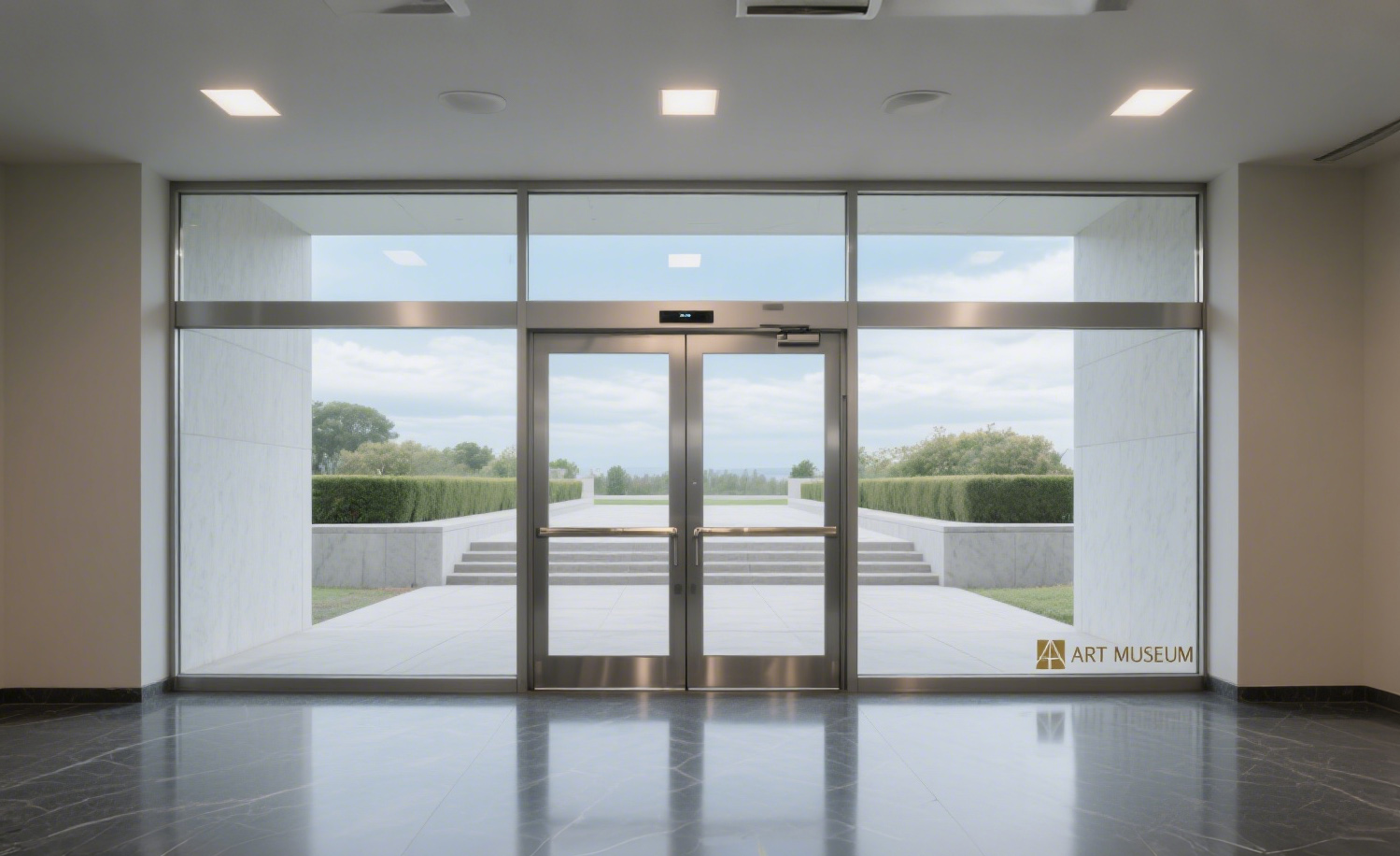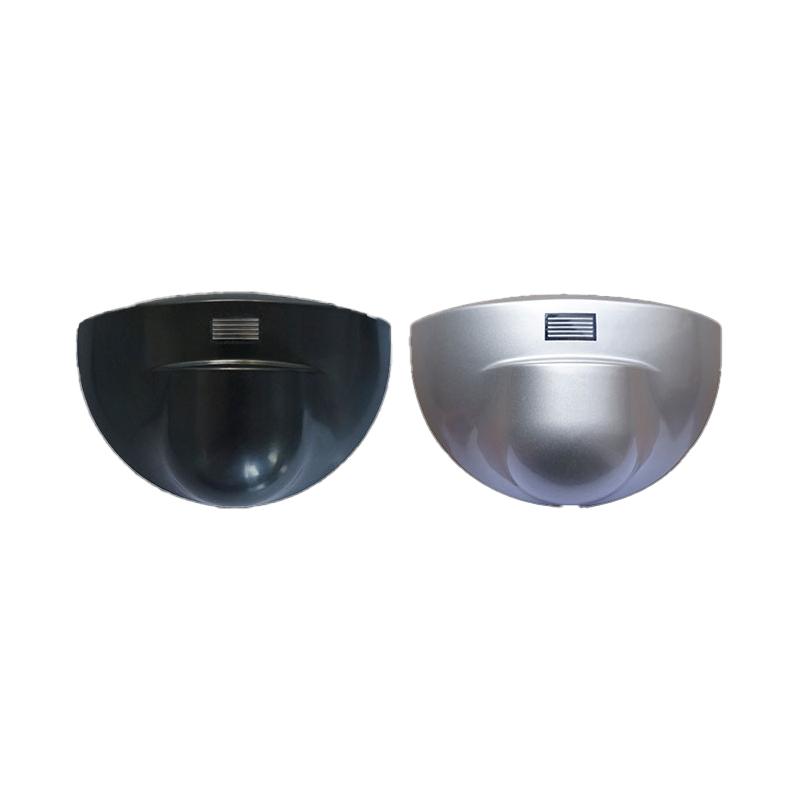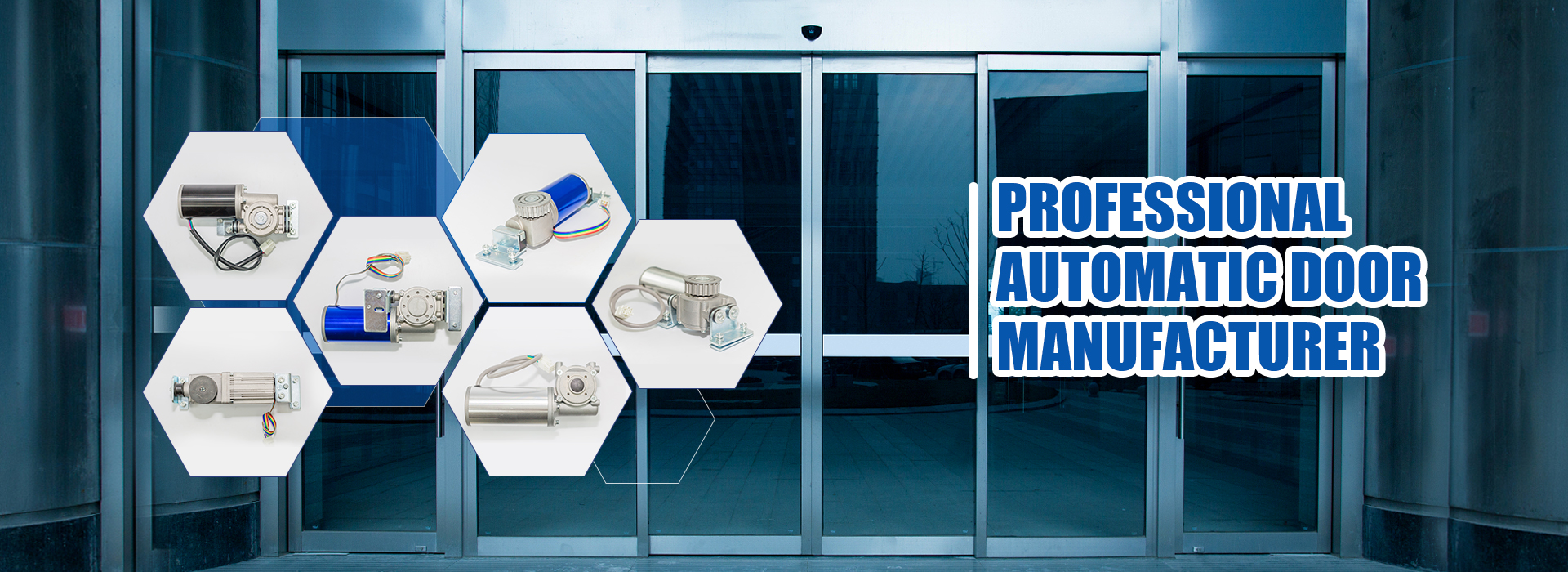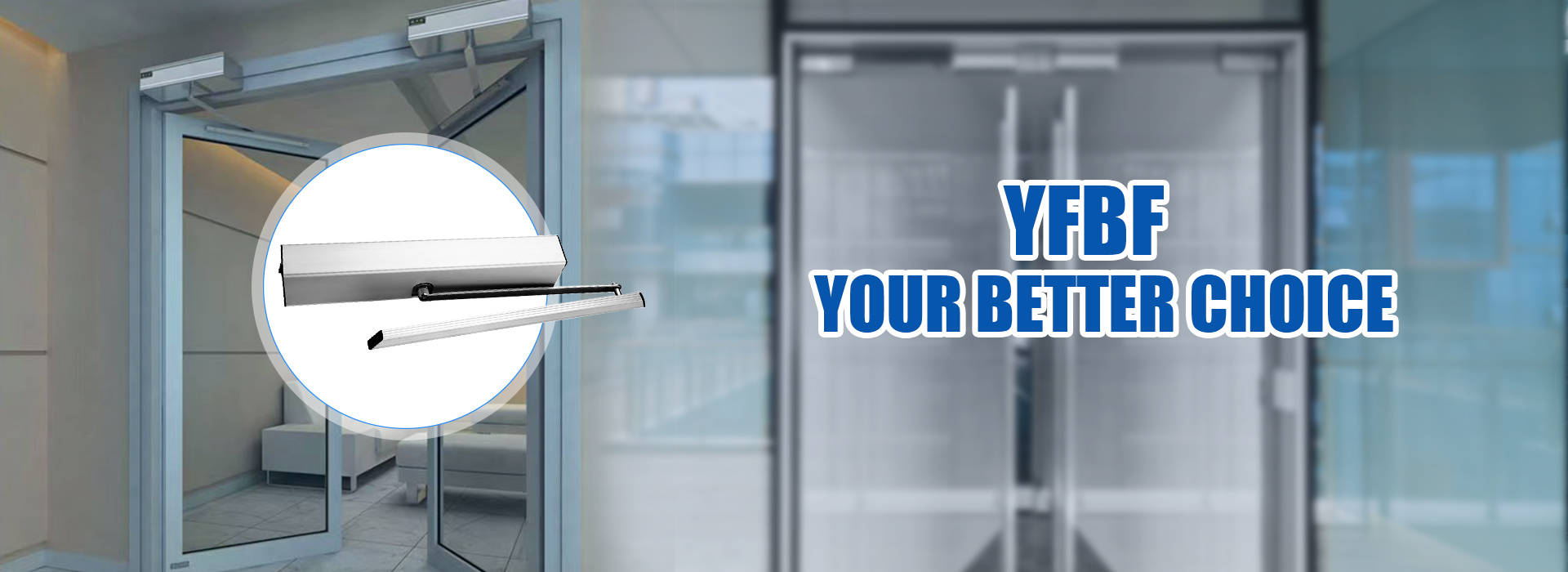
People love doors that open like magic. Microwave Motion Sensor technology turns a regular entrance into a responsive gateway. Adjusting the sensitivity keeps doors from acting wild or ignoring guests. Fine-tuning these sensors means safer spaces and fewer surprises.
Tip: Tweak the settings for a smoother, smarter entrance experience!
Key Takeaways
- Microwave motion sensors detect movement by sending and receiving signals, making doors open smoothly without extra effort.
- Adjust sensor sensitivity based on door type and environment to avoid false triggers and ensure safe, reliable door operation.
- Regular cleaning, proper placement, and testing keep sensors working well, improving safety and accessibility for everyone.
Microwave Motion Sensor and Door Sensitivity Control

Detection Principles of Microwave Motion Sensor
A Microwave Motion Sensor works like a superhero with invisible powers. It sends out microwave signals, then waits for those signals to bounce back from moving objects. When someone walks near the door, the sensor catches the change in the signal’s frequency. This change, called the Doppler effect, lets the sensor know something is moving. The sensor quickly tells the door to open or close. People never have to wave their arms or jump around to get the door’s attention. The sensor only reacts to movement, so the door stays closed when nobody is nearby. This fast reaction makes automatic doors feel magical and keeps everyone moving smoothly.
Adjusting Sensitivity for Different Door Types
Not all doors are the same. Some are made of glass, some of metal, and some look like they belong in a spaceship. The Microwave Motion Sensor can handle them all, but it needs a little help. Glass doors let microwave signals pass through easily, so the sensor can spot movement on both sides. Metal doors, though, act like mirrors for microwaves. They bounce signals around, which can confuse the sensor. People can adjust the sensitivity by turning a knob or dial on the sensor. If the door is glass, they can set the sensitivity higher. If the door is metal, they might need to lower it or use special materials to block extra signals. Here’s a quick guide:
- Glass doors: Set sensitivity higher for better detection.
- Metal doors: Lower sensitivity or use shielding to avoid false triggers.
- Ceramic or paper doors: No big changes needed.
People can also shape the sensor’s detection area by changing its angle or adding special covers. This helps the sensor focus on the right spot and ignore things that don’t matter.
Fine-Tuning for Various Environments
Every building has its own personality. Some places are hot, some are cold, and some get soaked by rain or snow. The Microwave Motion Sensor can handle wild weather, but it needs a little care. Extreme temperatures can make the sensor act funny. High heat might soften its case, while freezing cold can make it brittle. Rain and snow can mess with the microwave signals, causing missed detections or surprise door openings. People can keep the sensor working well by choosing weather-resistant models and placing them away from direct rain or snow. Regular cleaning helps too, since dust and dirt can block signals.
Here’s a table showing how different environmental factors affect the sensor:
| Environmental Factor | Impact on Sensor Performance |
|---|---|
| High Temperature | May cause unstable operation, lower sensitivity, and soften housing materials |
| Low Temperature | Can make parts brittle, slow response, and crack housing |
| Rapid Temperature Changes | Causes mechanical stress and durability issues |
| Humidity/Rain/Snow | Disrupts signal transmission and can lead to false alarms |
| Mitigation Strategies | Use strong materials, add heating/cooling, test for weather resistance, and clean regularly |
People should also keep the sensor away from big metal objects and other electronics. If the sensor acts up, they can adjust the sensitivity knob, change its angle, or move it to a better spot. Regular testing and maintenance keep the sensor sharp and ready for action.
Tip: Always test the sensor after making changes. A quick walk in front of the door can reveal if the settings are just right!
Benefits and Challenges of Microwave Motion Sensor
Enhanced Safety and Accessibility
Microwave Motion Sensor technology turns automatic doors into friendly helpers. People walk up, and the door opens without a single touch. This hands-free magic helps everyone, especially those with disabilities. The sensors meet important safety standards, making sure doors open wide enough and stay open long enough for safe passage. They work in hospitals, schools, and busy malls, giving quick access and keeping accidents away.
Note: These sensors also help keep germs off door handles, making public spaces cleaner.
- Fast response times prevent collisions.
- Adjustable sensitivity keeps doors from closing too soon.
- Sensors work with sliding, swinging, and folding doors.
- Integration with other systems creates a safer, more inclusive environment.
Reducing False Triggers and Unwanted Door Movements
Nobody likes a door that opens for a passing squirrel or a gust of wind. Microwave Motion Sensor systems use clever tricks to avoid these surprises. They adjust detection zones and sensitivity, so only people get the door’s attention. Regular cleaning and proper alignment help keep the sensor sharp.
Here’s a quick look at common causes and fixes:
| Cause of False Trigger | Solution |
|---|---|
| Sunlight or heat sources | Move sensor, adjust angle |
| Reflections from shiny objects | Change position, lower sensitivity |
| Dirt or moisture | Clean sensor regularly |
| Pets or wildlife | Narrow detection zone |
Tip: A well-tuned sensor saves energy by opening doors only when needed.
Troubleshooting Common Sensitivity Issues
Sometimes, doors act stubborn or too eager. Troubleshooting starts with a checklist:
- Check sensor placement. Avoid metal surfaces.
- Adjust sensitivity knob for the environment.
- Make sure the sensor covers the right area.
- Clean the sensor lens.
- Test with a quick walk-by.
- Move away any objects blocking the sensor.
If the door still misbehaves, try changing the mounting height or angle. Regular maintenance keeps everything running smoothly.
Alert: Always test after adjustments to make sure the door responds just right!
Microwave Motion Sensor technology keeps doors sharp and responsive. Unlike infrared sensors, these sensors spot movement through walls and obstacles, making entrances smarter. Regular cleaning, smart placement, and quick sensitivity checks help doors last up to ten years. With the right care, every entrance becomes a welcoming adventure!
Post time: Aug-15-2025



